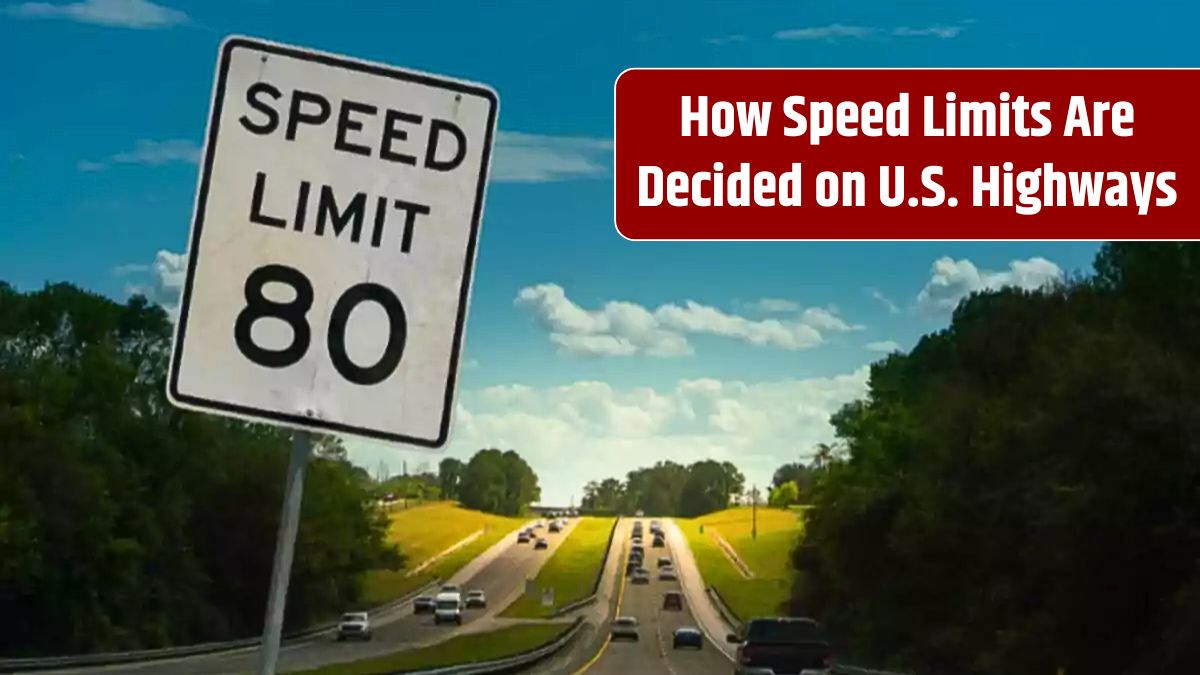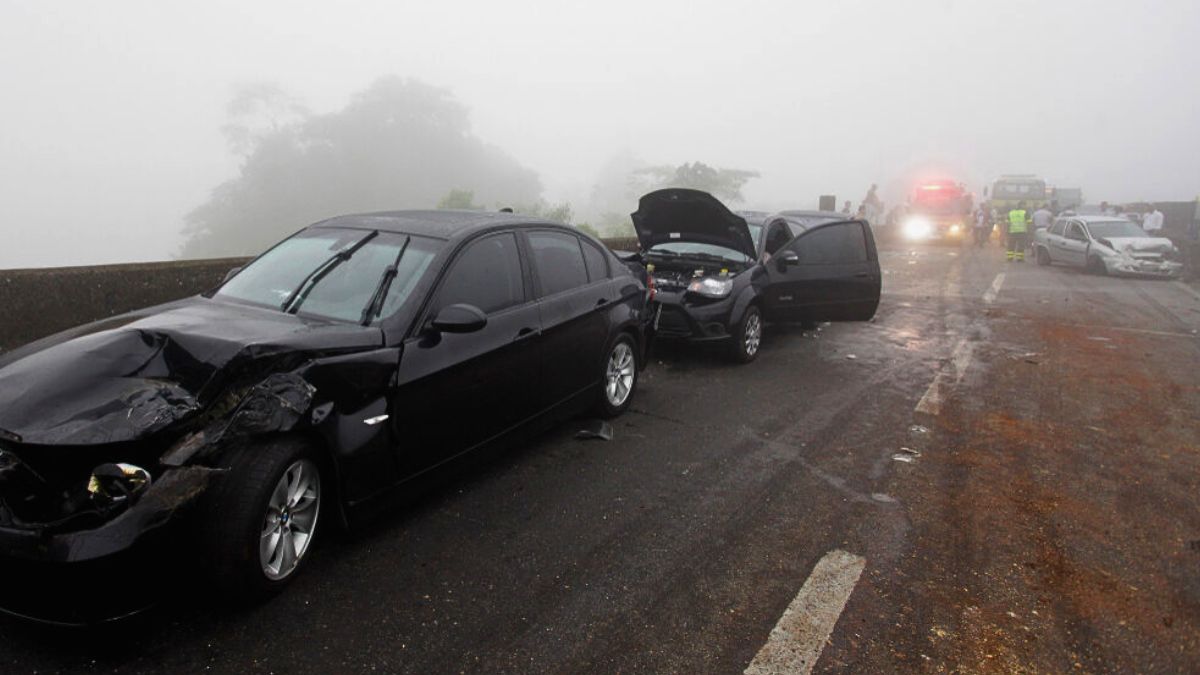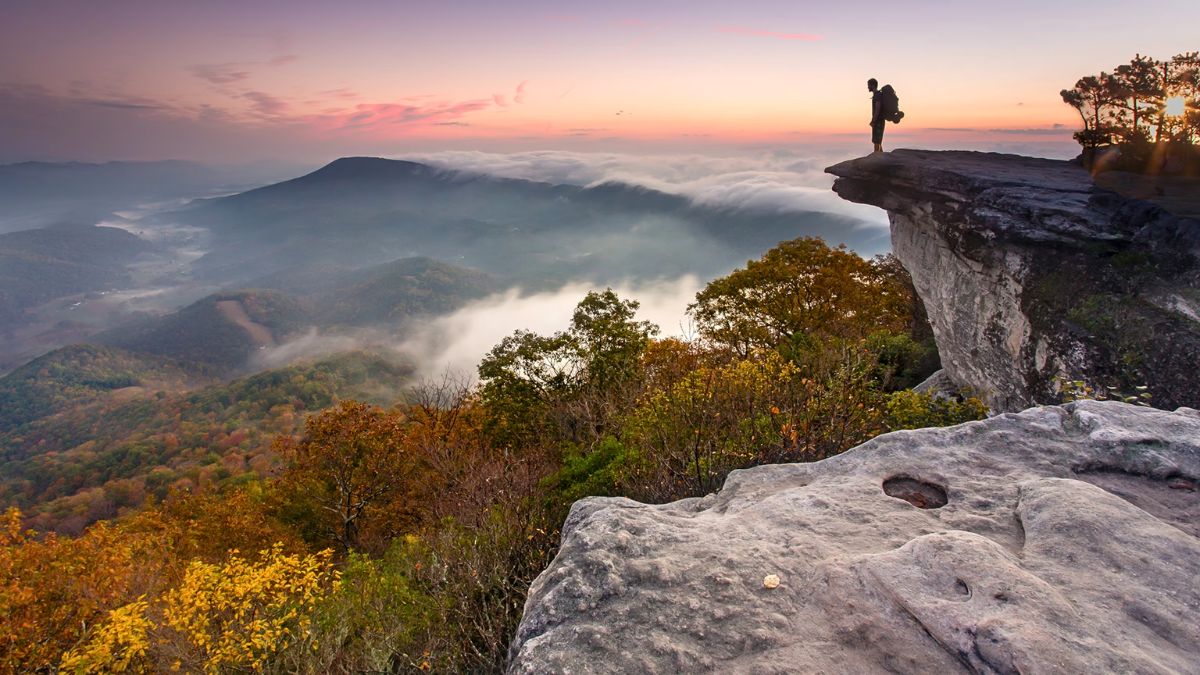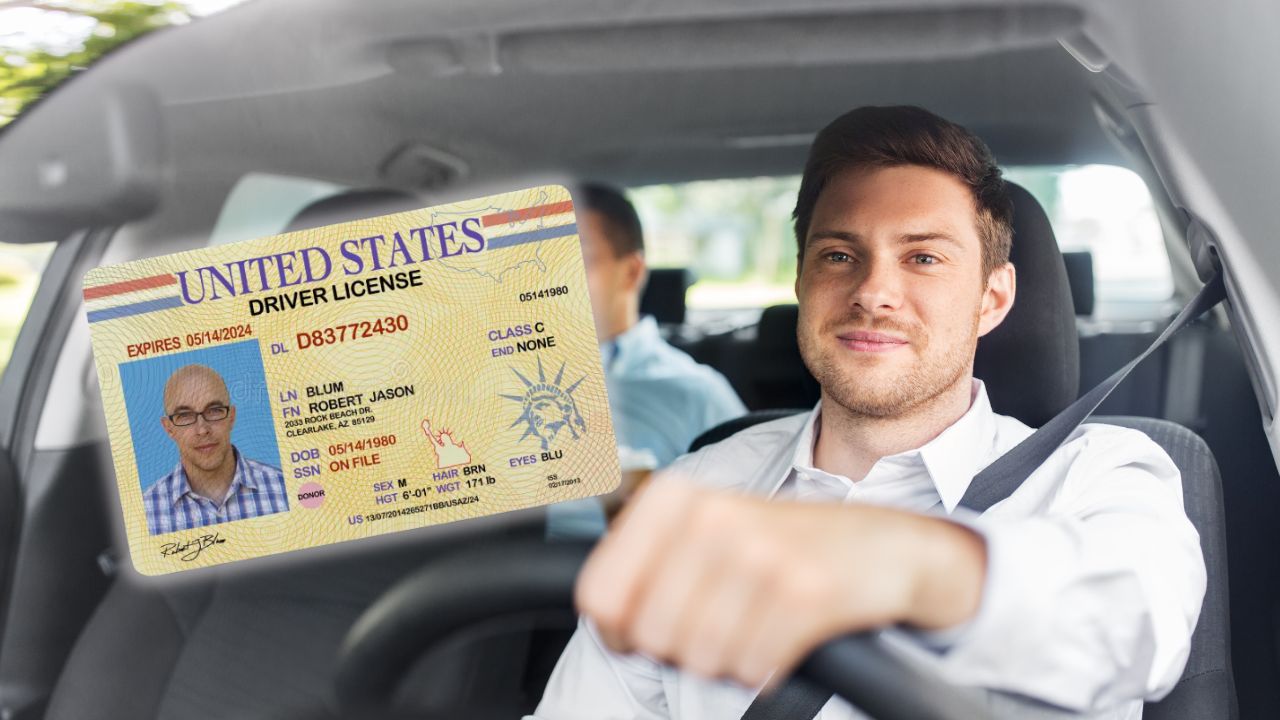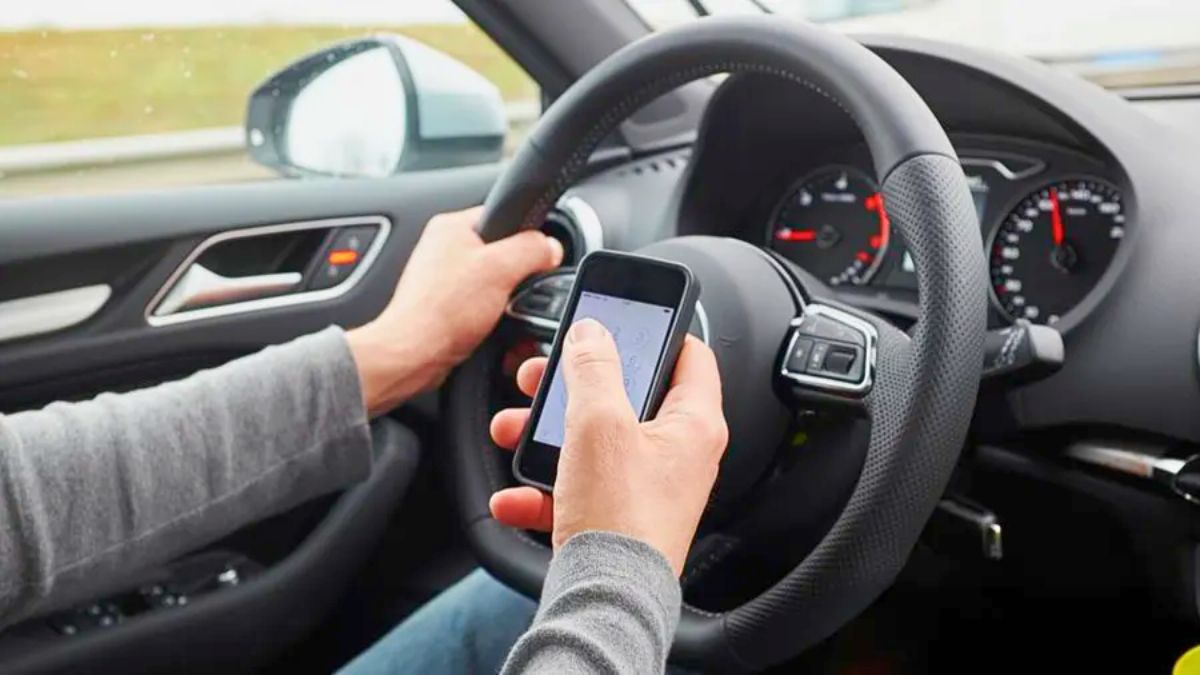Ever driven on a highway and wondered why one stretch is 55 mph while another is 70? Speed limits aren’t just randomly picked—they’re based on a mix of science, safety, and sometimes even politics. If you’ve ever been curious about how speed limits are decided on U.S. highways, you’re not alone. Let’s break down the process and what factors go into setting those familiar black-and-white signs.
The Basics
Speed limits in the U.S. are primarily set by state and local transportation agencies. While the federal government provides guidelines through the Federal Highway Administration (FHWA), it doesn’t set the actual limits. That job falls to individual states, and within states, sometimes counties or cities.
In short: the speed limit you see on the highway is determined locally, but it’s influenced by national standards and traffic data.
The 85th Percentile Rule
One of the most common tools used in deciding speed limits is something called the 85th percentile rule. What does that mean? Basically, it assumes most drivers behave reasonably when picking their speed. So, officials collect speed data from a road and set the limit at a speed that 85% of drivers are traveling at or below.
This method is based on the idea that most people drive at a safe speed for conditions, and by matching the limit to that natural behavior, you get better compliance and safer roads.
Other Factors
Speed limit decisions aren’t based on driver behavior alone. Engineers and traffic planners also consider:
| Factor | Impact on Speed Limit |
|---|---|
| Road design | Curves, width, and sight distance |
| Traffic volume | More cars often mean lower limits |
| Crash history | High-crash zones may get reduced limits |
| Land use | Near schools or neighborhoods? Slower. |
| Weather and climate | Areas with ice or fog may need lower limits |
| Roadside hazards | More driveways or intersections = lower speeds |
These factors are often studied in combination with speed surveys to make the final call.
Urban vs Rural
Speed limits vary widely depending on the area. Urban highways tend to have lower limits—think 55 or 60 mph—due to more traffic, tighter curves, and more merging. Rural highways, on the other hand, often allow 70 or even 75 mph because of wider lanes, straighter routes, and lower traffic density.
In states like Texas, parts of the highway can go up to 85 mph, the highest posted limit in the U.S. That’s only in areas where road design and traffic data support such high speeds.
Politics and Public Opinion
While speed limits are ideally data-driven, public pressure and political influence sometimes play a role. A community might push for lower speed limits near residential areas, or lawmakers may raise limits to align with neighboring states or satisfy trucking and tourism interests.
It’s a balancing act—what’s best for safety, efficiency, and public approval.
Re-Evaluation
Speed limits aren’t permanent. Roads get updated, traffic changes, and new safety features get installed. Transportation departments often re-evaluate speed limits every few years using fresh data and updated guidelines.
Technology like traffic cameras, sensors, and GPS data is making it easier to monitor real-world driving behavior, which helps fine-tune those decisions over time.
Enforcement
Just because a limit is posted doesn’t mean drivers follow it. That’s why enforcement plays a big role. Police use radar, speed cameras, and patrols to keep drivers in check. The idea is to maintain safe, consistent speeds—not to trap drivers for tickets.
And in work zones or school zones, you’ll often see temporary speed reductions, enforced more strictly to protect workers and children.
Next time you’re cruising down the highway, remember: that number on the sign isn’t random. It’s the result of data, design, safety studies, and sometimes a little local politics—all aimed at keeping traffic flowing safely.
FAQs
Who sets highway speed limits?
State and local agencies set them using federal guidelines.
What is the 85th percentile rule?
It’s the speed 85% of drivers travel at or below.
Can speed limits change over time?
Yes, they’re reviewed and updated based on new data.
Why are rural speed limits higher?
They have less traffic and straighter, wider roads.
Do politics affect speed limits?
Yes, local opinion and lawmakers can influence them.
